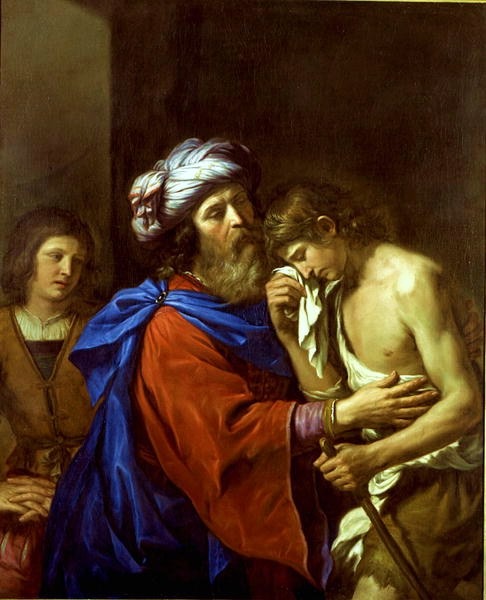All these things Jesus spoke to the crowds in parables, and He did not speak to them without a parable. – Matthew 13:34
It comes as a surprise to some that Jesus did not invent the parable, but he was employing a traditional method of teaching that was used widely in first century Judaism. Because of this lack of knowledge, at some times in history Jesus’ words have been misunderstood. At one point, it was thought that parables were allegories – stories where each character is a hidden reference to a certain person or situation. For example, Augustine read the parable of the Good Samaritan as an allegory – the man traveling on the road was Adam, the man who helped was Jesus, the inn was the church, the innkeeper was Paul, etc. Among first century rabbis, however, this interpretation would have been foreign to the way a parable was told .
In Jesus’ culture, a parable was a story from human experience that helps explain a spiritual reality. It is the product of the language of Hebrew which does not have many abstract terms to describe God, so instead uses physical imagery, describing God’s “mighty hand and outstretched arm.” The rabbis used parables especially for theology – to explain why God does things the way He does. (1)
 Jesus, like other rabbis, teaches theology at a very high level by describing God as a king who throws a banquet and invites the outcasts, or a shepherd who looks for his sheep. Beyond just defining him, Jesus paints a picture of God’s character in vivid colors. His stories go beyond just defining and explaining, they elicit an emotional reaction. People can feel viscerally the irony of a majestic king sitting at a table with beggars and outcasts, and sense the shocking grace the king is showing them. And they can imagine the anguish that a shepherd endures and his great joy when he finds a lost sheep. This is exactly the point – Jesus was a passionate teacher whose goal was not just to give people an intellectual knowledge of God, but to teach them about God’s powerful love for them, and cause them to return that love to Him.
Jesus, like other rabbis, teaches theology at a very high level by describing God as a king who throws a banquet and invites the outcasts, or a shepherd who looks for his sheep. Beyond just defining him, Jesus paints a picture of God’s character in vivid colors. His stories go beyond just defining and explaining, they elicit an emotional reaction. People can feel viscerally the irony of a majestic king sitting at a table with beggars and outcasts, and sense the shocking grace the king is showing them. And they can imagine the anguish that a shepherd endures and his great joy when he finds a lost sheep. This is exactly the point – Jesus was a passionate teacher whose goal was not just to give people an intellectual knowledge of God, but to teach them about God’s powerful love for them, and cause them to return that love to Him.
1 An excellent resource is The Parables: Jewish Tradition and Christian Interpretation, by Brad Young, Hendrikson Publishers, 1998.
Photo: Brooklyn Museum and Guercino


